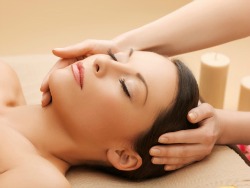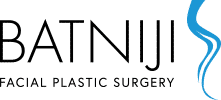Skin Resurfacing Is Science, Medicine and Art — Not Conquest

Skin resurfacing can sometimes sound like a veritable war on aging, fought with weapons of (epidermal) mass destruction: chemical peels, lasers, dermabrasion.
Let us de-escalate.
One way to take the sting out of the terminology, and ease a patient’s potential worries, is to explain these techniques and how they help facial skin regenerate to produce a healthier, more youthful look.
Lasers
The fractionated, or Fraxel, laser is a marvel of precision technology in the service of skin care, and an excellent option for treating wrinkles and fine lines caused by sun, smoking and aging. Laser treatments, often in combination with other resurfacing techniques, can significantly reduce the signs of acne.
Cosmetic lasering used to take off all of the topmost skin layer of an area being treated, with obvious implications for healing and recovery time. The development of fractionated facial tech such as the Dot CO2 laser is a tremendous step forward in gentleness of treatment.
By segmenting — fractionating — the beam into millions of individual pinpoints — dots — the Fraxel laser goes about its work while leaving more skin surface undisturbed. Recovery times for patients have dropped dramatically as a result.
Fraxel lasers can also be fine-tuned to the lines and wrinkles being treated, with deeper lines receiving a more intense treatment.
There is also the Isolaz laser, which is especially good for treating brown spots, red spots, and splotchy areas of sun damage, and for removing unwanted hair. The treatment combines pneumatic (suction) therapy with broadband light. Because it’s remarkably energy efficient, it achieves results with comparatively little discomfort and promises quick recovery times.
Dermabrasion
Laser treatments have their limits. Still deeper lines around the mouth might call for a different, less high-tech resurfacing technique such as dermabrasion. A controlled surgical scraping using a high-speed rotating brush, dermabrasion is generally considered a more invasive form of skin resurfacing, with longer downtime and recovery.
But as a widely used exfoliating technique, dermabrasion is excellent for softening skin irregularities and smoothing the visible outer layer of skin. It’s ideal for treating particularly deep lines or skin damage, and can also be used in conjunction with scar revision.
Chemical Peels
Chemical peels employ a compound solution to peel away top layers of damaged skin and reveal the undamaged, more regenerative new skin beneath. Peels can be performed in varying concentrations: Alpha hydroxyl acid (AHA) peels are the mildest and may incorporate glycolic, lactic or fruit acids; trichloracetic acid (TCA) peels are generally performed as a medium-depth peel; phenol peels are the strongest.
The VI Peel might be considered the mother of chemical peels: It comprises five different acids including trichloracetic (TCA), retinoid, salicylic acid, phenol, and Vitamin C. It is appropriate for all skin types and is an ideal treatment for hyperpigmentation problems such as brown spots and other skin discolorations, sun damage, and skin texture issues.
This peel stimulates the production of collagen and elastin in the dermis, restoring a more youthful, brighter skin appearance.
Which Is Best for You?
If you’ve read this far, you hopefully find skin resurfacing more fascinating than scary. It is, for many patients, a viable alternative to traditional facial plastic surgery.
All of the in-office treatments described above have their comparative advantages: Some work better for one skin condition than another. They vary in comfort level and recovery times, and they have different recommended intervals for follow-up treatments.
If skin resurfacing sounds like a good approach for you, please contact Dr. Batniji at (949) 650-8882 to schedule a consultation, or notify the doctor online.

